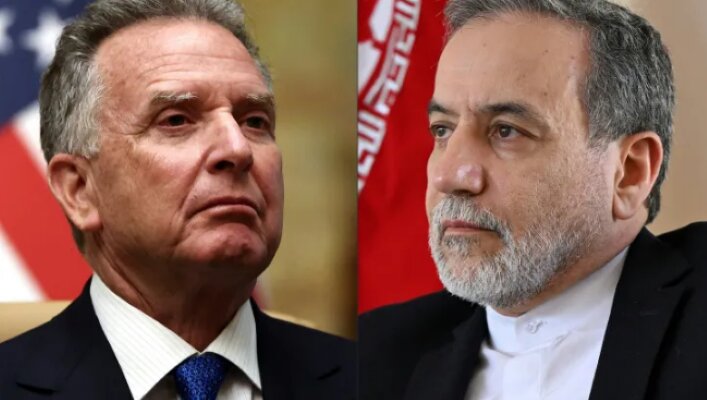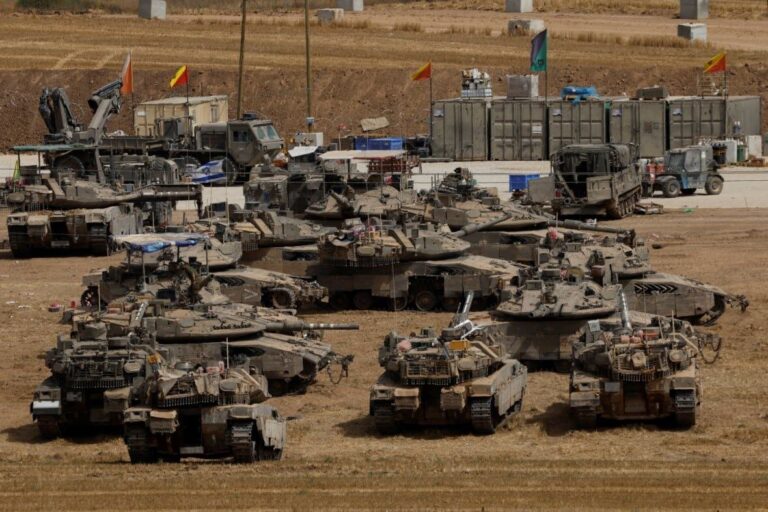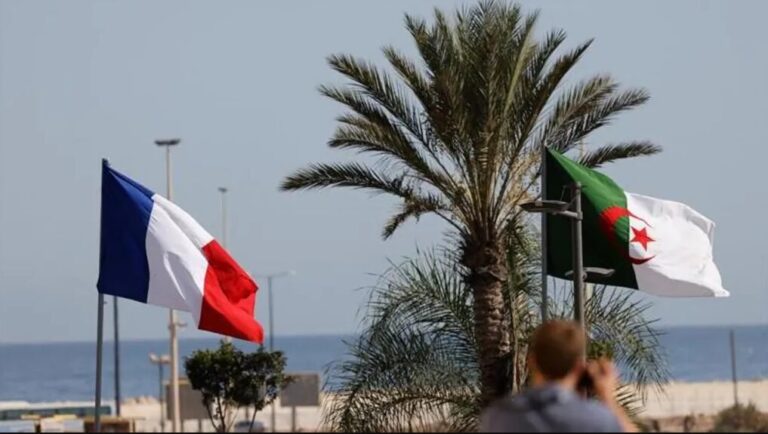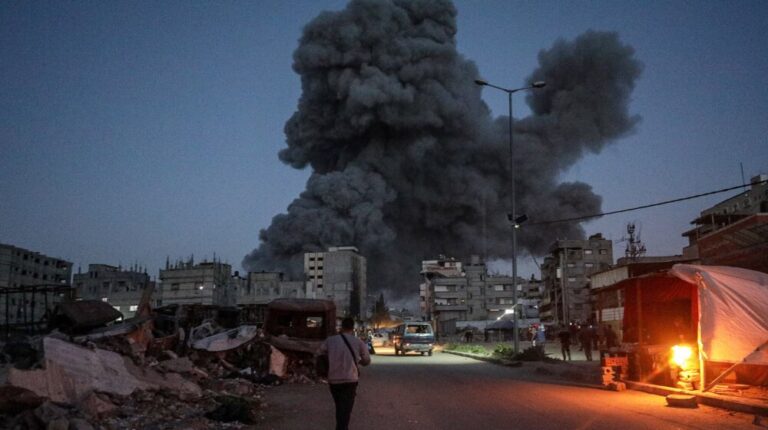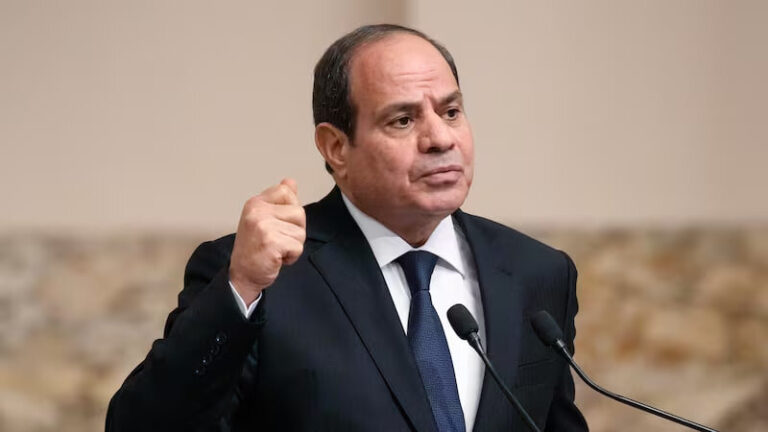Iran-US Talks: Second Round Concludes with Key Developments
The second round of indirect talks between Tehran and Washington has recently concluded, marking a significant development in diplomatic relations. These discussions are crucial as they aim to address ongoing tensions and pave the way for potential resolutions. In this article, we will explore the outcomes of these negotiations and their implications for international relations and regional stability.
The indirect talks, which have captured global attention, were held to address a variety of issues that have strained relations between Iran and the United States. These discussions are part of a broader diplomatic effort to restore mutual understanding and cooperation.
During this second round of talks, both parties engaged in discussions focused on:
- Nuclear Program: A key point of contention, with both sides seeking a framework for Iran’s nuclear activities.
- Sanctions Relief: The U.S. has imposed sanctions that heavily impact Iran’s economy, and talks are centered on possible relief measures.
- Regional Security: Addressing concerns about security dynamics in the Middle East, including the roles of other regional players.
One of the most notable aspects of the recent talks was the atmosphere of cautious optimism that permeated the discussions. Both Tehran and Washington showcased a willingness to engage constructively, which could signal a shift toward more collaborative diplomacy.
As negotiations progressed, several key outcomes were highlighted:
- Commitment to Dialogue: Both sides reaffirmed their commitment to continue the dialogue process, recognizing that sustained communication is essential for progress.
- Focus on Pragmatic Solutions: There was a notable shift towards exploring pragmatic solutions that could satisfy both parties’ concerns, particularly regarding nuclear compliance and economic sanctions.
- Involvement of Allies: The discussions also included potential roles for regional allies and international partners, emphasizing a multilateral approach to resolving issues.
Experts suggest that the outcome of these talks could have far-reaching implications, not only for Iran and the U.S. but also for the broader geopolitical landscape. The potential for reduced tensions could lead to:
- Increased Stability: A peaceful resolution could contribute to greater stability in the Middle East, an area fraught with conflict and uncertainty.
- Economic Opportunities: If sanctions are eased, Iran could revive its economy, benefiting both its citizens and international markets.
- Enhanced Diplomatic Relations: Successful negotiations may pave the way for improved diplomatic relations between the U.S. and other countries in the region.
However, challenges remain. Both parties must navigate a complex landscape of domestic politics, public opinion, and historical grievances. The stakes are high, and any misstep could derail the progress made thus far.
With the conclusion of this round of talks, analysts are closely monitoring the next steps. It is essential for both Tehran and Washington to maintain momentum and address any emerging issues swiftly. The international community is also watching closely, as the outcomes could influence global markets and diplomatic relations.
To summarize, the second round of indirect talks between Tehran and Washington has ended with a commitment to ongoing dialogue and a focus on pragmatic solutions. Key areas of discussion included Iran’s nuclear program, sanctions relief, and regional security. The potential for increased stability and economic opportunities looms large, but both parties must navigate significant challenges moving forward.
As we look ahead, the world waits to see how these negotiations will unfold and what impact they will have on the future of Iran-U.S. relations and the broader geopolitical landscape.
